We are delighted to invite applications for this fully-funded AHRC Midland4Cities Collaborative Doctoral Award between Birmingham City University and Ironbridge Gorge Museum Trust.
Working with the Colabrookdale Company Collection at Ironbridge Gorge Museum Trust, Common printed things: intersections of art and industry, the Coalbrookdale Collection, 1850–1930 examines the role of printed publicity in the promotion of manufactured goods in order to understand the link between printing and manufacturing in the Midlands, between graphic and material production, between art and industry.
Today it is taken for granted that in order to sell products the public has to know about them and be persuaded of their value, and that the quality of the product must be reflected in the printed material which promotes them. In the nineteenth century, however, the role of design in promoting manufactured goods was embryonic, and the value of printing to industry was little understood. The Coalbrookdale Company—which manufactured decorative ironware and developed the iron-working technologies that made the Industrial Revolution possible—promoted its wares through carefully designed printed catalogues and was an early exponent of the use of print in the advancement of industry.
PROJECT Using the Coalbrookdale collection at Ironbridge Gorge Museum Trust (IGMT) as a case-study this project will consider how its catalogues can help to illustrate the development of Midland industrial life, the role of the printing in that development, and the growing appreciation of the part print played in the manufacturing and sale of goods. It will also explore the extent to which printed publicity exposes the tensions and ties between manufacturing primacy, artistic intent, and its role in the shaping of public taste. The collection comprises forty catalogues alongside extant examples of the decorative ironware they advertise, 1,000+ printing blocks used for their production, and the business archive which supports their manufacture: all are housed the environment in which they were originally made. These resources provide a rare opportunity to 1) create an understanding of the interrelations between the craftsmen who made the products, the artists who rendered their wares in two-dimension, the engravers who interpreted the artists images and the printers who reproduced them; 2) contextualise the catalogues against the industry they served; and 3) situate printing in relation to other trades to better understand how industry in the Midlands operated.
PROCESSES Whilst printing historians study ephemera for what it can reveal about processes or matters of design, social and cultural historians approach ephemera for evidential and textual content; but printed items also provide primary material evidence of their makers and how they operated. This project merges these approaches to ‘read all the circumstances’ of the catalogues and investigate 1) the ironware to understand what they were advertising; 2) the artists’ drawings to reveal how they were designed; 3) the printing-blocks to uncover on how they were produced; 4) the content to identify how they were used; 5) the business archives to appreciate the relationship between the manufacturer, the artefact, the catalogues and the consumer. A material understanding of production is important to help interpret the corporeality of the catalogues’ manufacture, and how each trade/craft interacted. Under guidance from experts at BCU and IGMT, this project will practically engage with engraving, printing, and forging to better understand and interpret the artefacts. The researcher will also perform an audit of the printing blocks and catalogues, which will include checking their condition and rehousing of them in archival-grade materials. They will also produce an enumerative and descriptive conspectus of the catalogues and woodblocks. In collaboration with IGMT the researcher will help curate a newly redeveloped area in the Museum of Iron based on the finding of their research. Full training will be provided by IGMT.
PERSON This project is at the intersection of the arts, humanities, technology, academia, and craft, and its disregard for tight disciplinary boundaries is reflected in the range of sources and methods employed. We welcome, therefore, applications from people with experience from a range of disciplines including, but not limited to, art and design, craft and making, printing history, technical, social, cultural, and regional history. Whilst previous practical experience is useful it is not a prerequisite of the study.
PLACE IGMT is a world heritage site, and birthplace of the Industrial Revolution, whose collections are Designated by Arts Council England as being of national importance.
SUPERVISORS: At BCU: Lead Supervisor: Caroline Archer-Parré, Centre for Printing History & Culture (BCU); Second Supervisor Ann-Marie Carey, School of Jewellery (BCU); At IGMT: Lead Supervisor: Nick Booth Collections and Learning Director; Second Supervisor: Head of Interpretations. There will be monthly meetings of the full supervisory team, additional monthly meetings with the IGMT supervisor and daily contact with the library and archive team.
APPLYING If you are interested in applying for this Award please contact either Caroline Archer-Parré or Nick Booth for and informal discussion or visit the M4C website.

